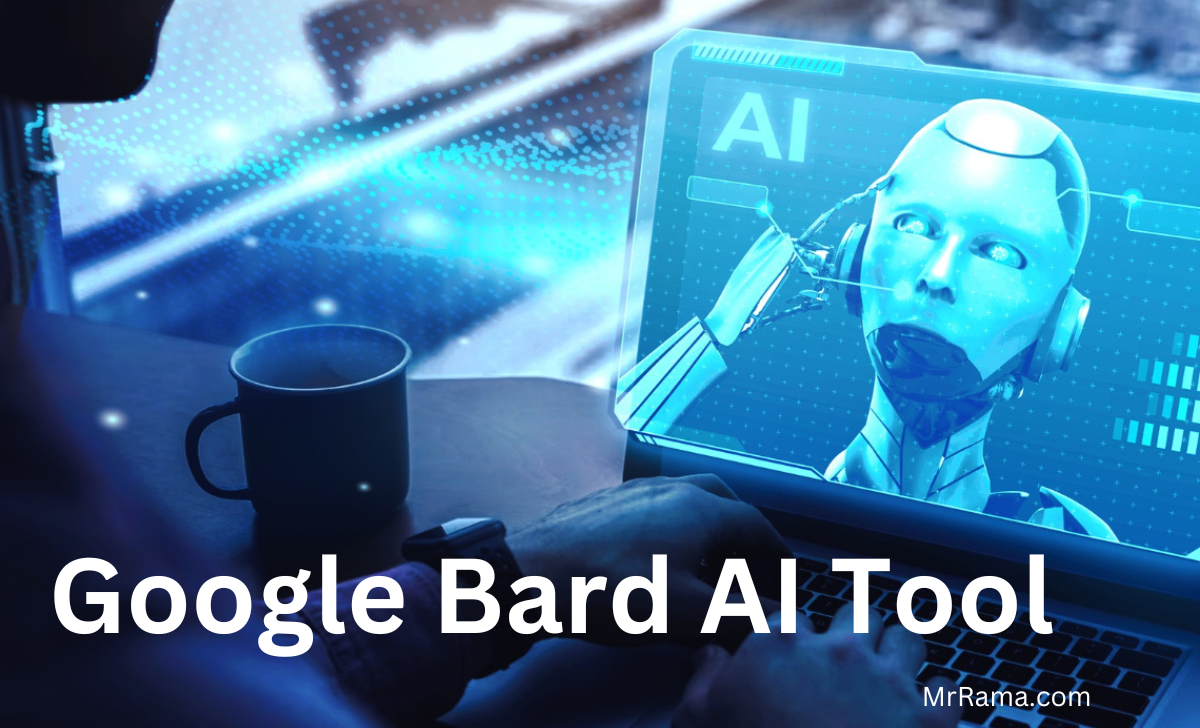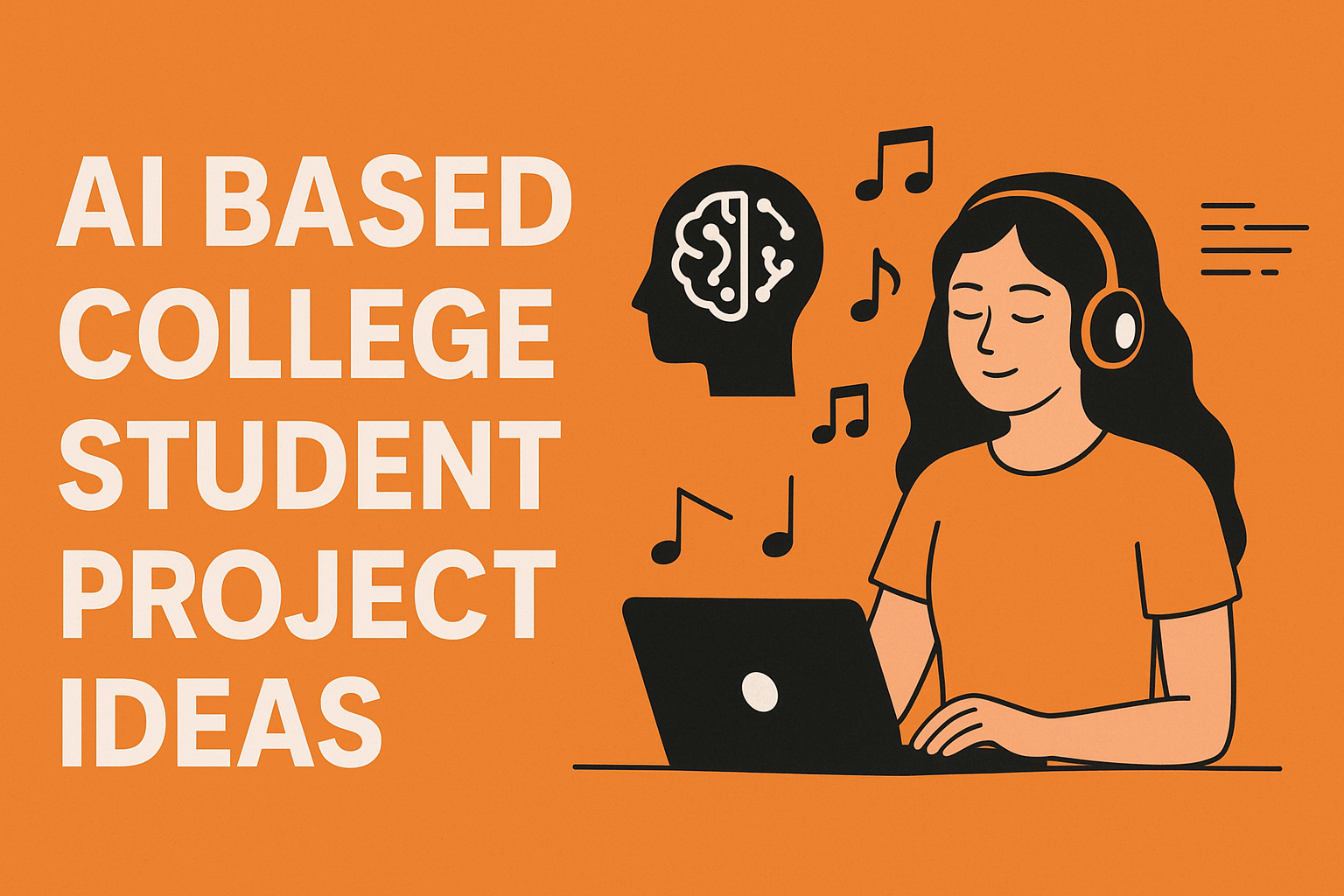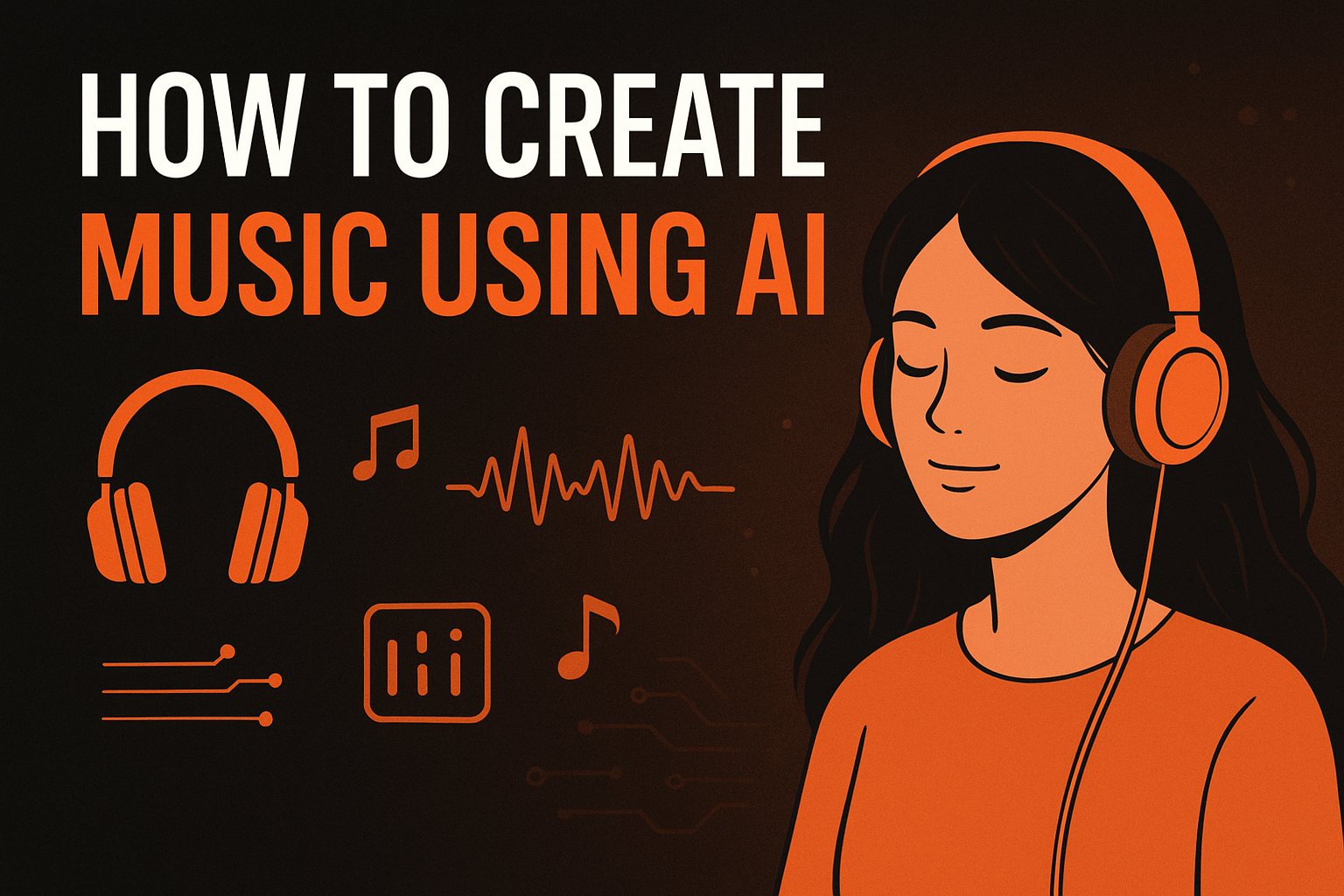In the ever-evolving landscape of artificial intelligence, Google’s Gemini stands as a beacon of innovation and versatility.
This groundbreaking language model, launched in 2023, transcends the limitations of its predecessors, offering a plethora of features that redefine what’s possible with machine-generated text.
From crafting compelling narratives to translating languages with nuance, Bard is poised to revolutionize how we interact with information and unleash the power of language in unprecedented ways.
Google AI Platform: Gemini
Beyond the Buzzwords: Unpacking Bard’s Core Capabilities
Gemini capabilities lie not just in its technical prowess, but in its ability to understand and respond to human language in a natural, engaging manner. This is achieved through a confluence of cutting-edge technologies, including:
- Massive datasets: Bard has been trained on a colossal dataset of text and code, encompassing everything from books and articles to code repositories and online conversations. This allows it to grasp the nuances of human language, understand context, and generate responses that are both relevant and informative.
- Transformer architecture: Bard utilizes the powerful Transformer architecture, a neural network design that excels at understanding relationships between words and sentences. This enables Bard to analyze complex language structures, capture subtle shades of meaning, and generate text that flows smoothly and coherently.
- Fine-tuning: Unlike generic language models, Bard can be fine-tuned for specific tasks and domains. This allows it to adapt its responses to different contexts, whether it’s generating creative writing, translating technical documents, or answering open-ended questions about complex topics.
A Symphony of Features: Unveiling Bard’s Potential
With its robust core capabilities, Bard unleashes a symphony of features that cater to diverse needs and interests. Let’s delve into some of the most remarkable:
1. Conversational AI: Bard excels at natural language conversations, engaging in open-ended, informative dialogues on a wide range of topics. Imagine a virtual assistant that can answer your questions about history, philosophy, or even the latest scientific discoveries, all while maintaining a friendly and engaging tone. Bard’s conversational abilities have the potential to revolutionize customer service, education, and even casual interactions with technology.
2. Creative Writing: Unleash your inner storyteller with Bard’s creative writing capabilities. It can generate poems, scripts, musical pieces, and even entire novels, all based on your prompts and preferences. Whether you’re dreaming up a fantasy epic or crafting a poignant short story, Bard provides the tools to bring your creative vision to life.
3. Code Generation: Bard’s understanding of programming languages extends beyond mere translation. It can generate code snippets, complete functions, and even write entire scripts based on your specifications. This opens up exciting possibilities for developers, allowing them to automate tedious tasks and focus on the bigger picture.
4. Multilingual Mastery: Bard speaks the language of the world, translating between over 100 languages with remarkable accuracy and nuance. It captures the cultural nuances and idiomatic expressions within each language, ensuring that translations are not just literal, but also culturally appropriate and impactful. This paves the way for seamless communication across borders and cultures.
5. Knowledge Quest: Bard is your gateway to the world’s knowledge. It can answer your questions on any topic, from the history of the universe to the latest scientific advancements, drawing on its vast dataset and understanding of relationships between concepts. It’s like having a personal library and encyclopedia rolled into one, accessible at your fingertips.
Beyond the Hype: A Glimpse into the Future with Bard
Bard’s capabilities are not merely impressive; they represent a glimpse into the future of human-computer interaction. Here are some potential applications that hold immense promise:
- Personalized education: Imagine learning systems that adapt to individual student needs and learning styles, powered by Bard’s ability to understand and respond to complex questions and generate customized learning materials.
- Enhanced accessibility: Bard’s ability to translate languages and generate alternative formats for text could empower people with disabilities to access information and communicate effectively, breaking down barriers and fostering inclusivity.
- Advanced scientific research: Bard’s ability to analyze vast amounts of data and identify patterns could accelerate scientific discovery by uncovering hidden relationships and suggesting new research avenues.
- Creative collaboration: Imagine artists, writers, and musicians collaborating with Bard to push the boundaries of their respective fields, with AI acting as a catalyst for innovation and artistic expression.




